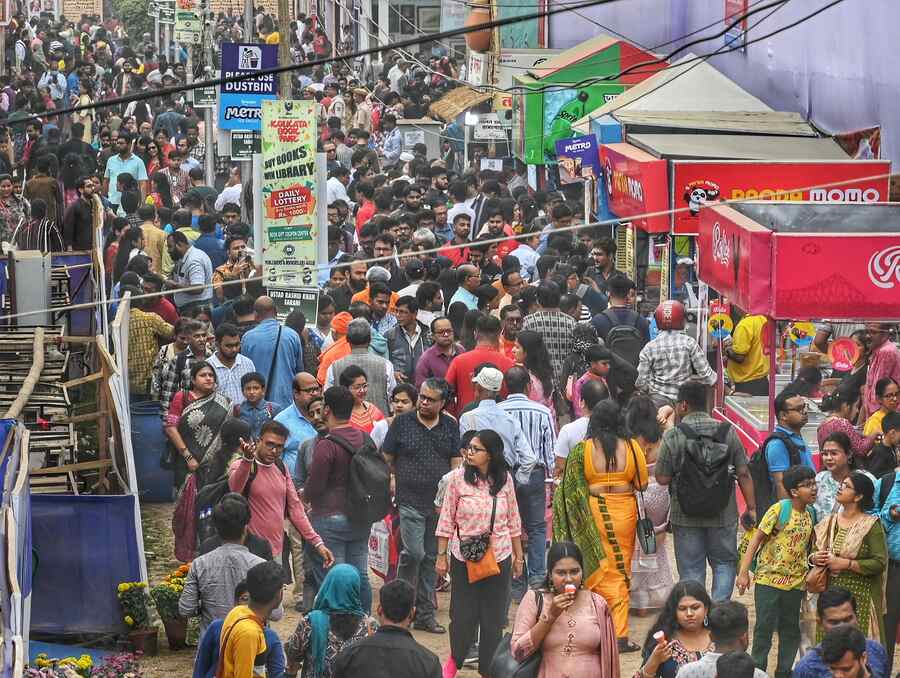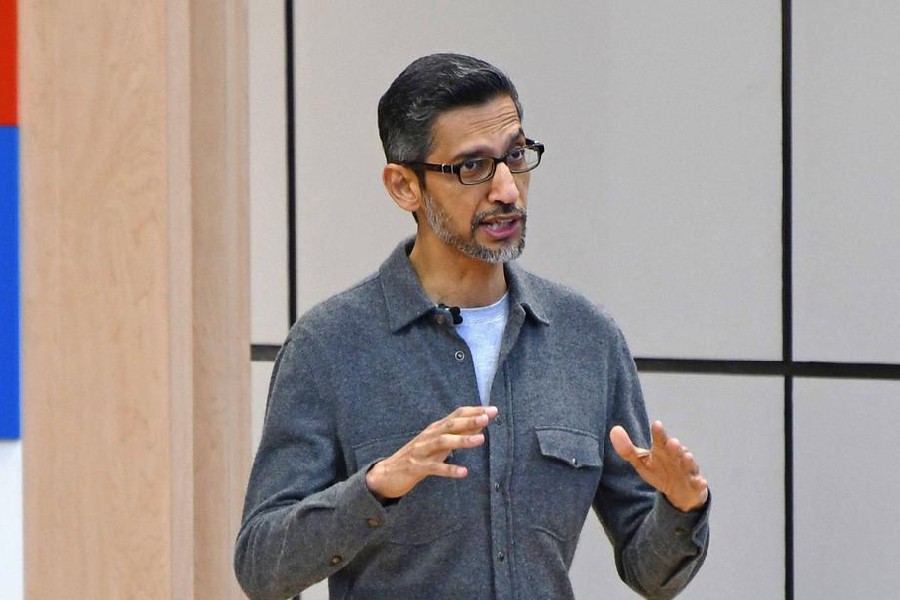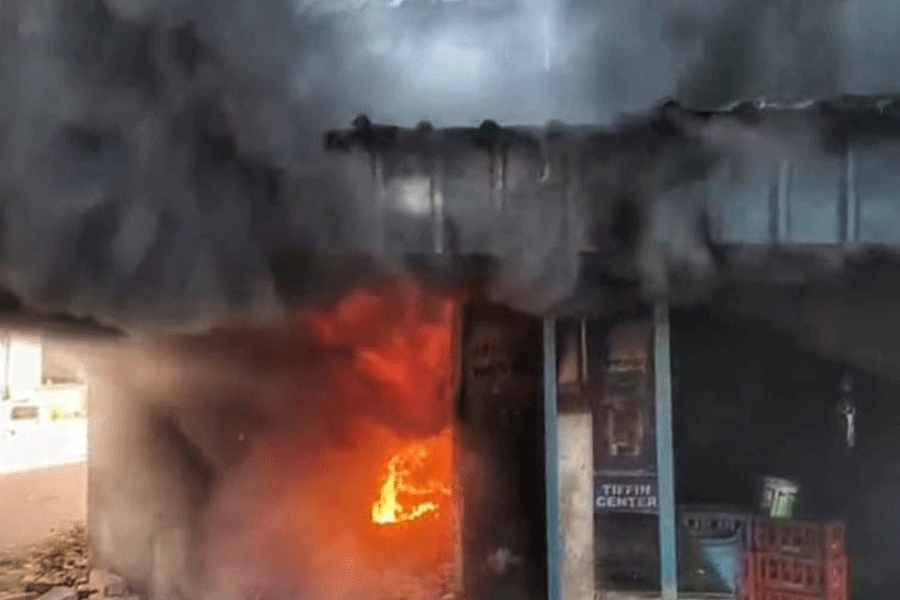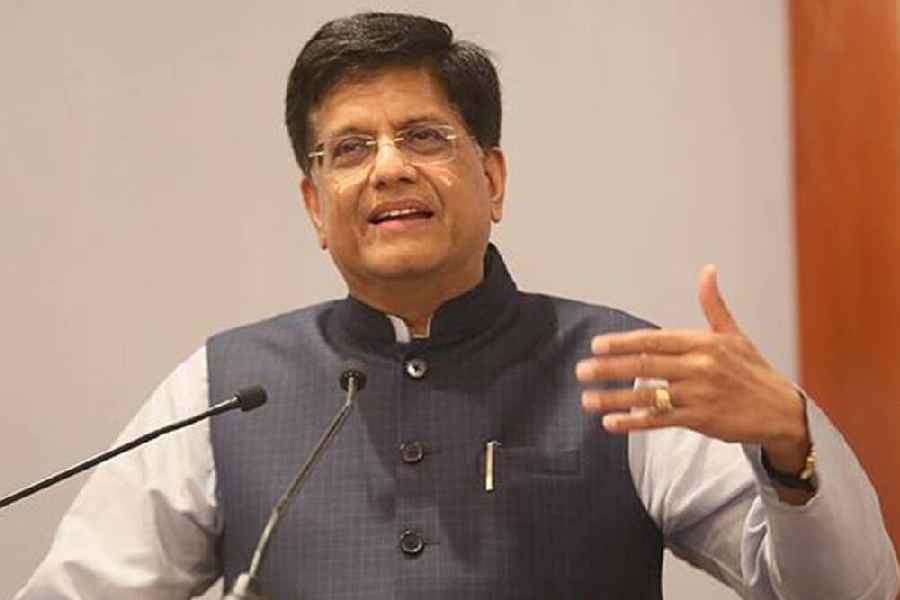An early start to celebrations and a late rain spell marked Durga Puja this year. Despite fears of a washout, pandal hoppers, traffic cops, and civic workers ensured the city’s biggest festival went largely uninterrupted. Metro takes stock of the highs, hurdles and highlights.
Early pandal hopping
By Sashthi, New Alipore couple Sushrut and Piya Mukherjee had already visited all the major pujas in south Calcutta and Behala. North Calcutta and Salt Lake followed on Saptami and Ashtami. Like them, thousands hit the streets early — a growing trend over recent years.
Chief minister Mamata Banerjee inaugurated a series of pujas on Mahalaya (September 21), and most big-ticket pandals opened within a day or two. The crowds responded swiftly. By Chaturthi and Panchami, the biggest names were already packed.
The forecast of rain only accelerated the rush.
“The chief minister inaugurated our puja on September 20. We opened the pandal for visitors on the 23rd. Even on the 21st and 22nd, many turned up and were upset we weren’t open,” said Saswata Basu, convener of Hatibagan Sarbojanin. “From the 24th, the crowds were massive.”
Most pandals managed footfall well, though there were exceptions. Residents near some no-entry zones complained of being unable to even walk down their own streets.
B. Bhattacharya, a south Calcutta resident, said she was forced to detour at the Lake View Road-Wedderburn Road crossing on Sashthi. She was heading to meet her mother but was stopped due to a nearby major puja.
At Deshapriya Park, overcrowding on Ashtami night forced a temporary closure of the pandal. Police activated an “emergency plan” when the crowd grew beyond control. “We opened barricaded loops and guided the crowd through a detour around Deshapriya Park to ease the pressure. We also allowed people to walk along Rashbehari Avenue to better manage the crowd inside the barricaded channels,” said a senior traffic police officer.
The police reported no major crimes or violence through the Puja days.
Traffic niggles
Traffic moved steadily for the most part, barring congestion near major pandals, the police said.
This newspaper found heavy movement in south, central and north Calcutta, particularly on EM Bypass near Chingrighata, Rashbehari Avenue and Sarat Bose Road.
Still, many noted improvement on some key roads. Daily commuters during the Puja days said that traffic on VIP Road was “exceptionally good”.
The police confirmed that while traffic was slow in parts, it never came to a complete halt.
“Crowds or high volume of cars did slow things down, but traffic kept moving,” said an officer of Kolkata Police’s traffic department.
Jhelum Mukherjee, who was out pandal hopping on Navami, said congestion was noticeable on Rashbehari Avenue and at Chingrighata. “Unlike other years, the VIP Road traffic was smooth,” she said.
Others echoed that traffic eased after brief spells of rain, as crowds thinned and the number of vehicles dropped. A family from Ballygunge, who went pandal-hopping in Salt Lake on Ashtami night, said congestion reduced noticeably after a short shower.
Finding legal parking spots remained a challenge. Roads near big-ticket pujas were heavily barricaded, and parking often meant walking long distances — particularly difficult for senior citizens.
Weather holds up
In the run-up to Puja, the city was battered by torrential rain in the early hours of September 23.
Many had feared the Puja would be a washout, but it wasn’t.
The Met office had predicted rain throughout the Puja days, with heavy showers expected on Dashami. However, the first few days remained largely dry.
Ashtami saw sporadic showers, followed by light rain on Navami. Dashami was cloudy with widespread rain — Alipore recorded about 25mm — but by then, most celebrations were winding down.
Metro record
Metro saw record footfall during the Puja days, despite some complaints of delays.
On Panchami, the Blue Line ferried 9.82 lakh passengers, the highest single-day count ever. Between Panchami and Dashami, 46.56 lakh passengers took the Metro, beating the previous Puja record of 45.61 lakh in 2019, said a Metro official.
From Saptami to Navami, night-long services were run on both the Blue and Green Lines.
While some passengers said trains didn’t always stick to the timetable, heavy deployment of police and RPF personnel at high-traffic stations like Kalighat and Dum Dum helped manage the rush.
Waste management
The Kolkata Municipal Corporation (KMC) deployed around 12,000 waste workers to keep the city clean throughout the festival.
The city’s usual daily waste generation of 4,500 tonnes rose by around 1,000 tonnes during Puja. “Our cleaners had to work extra hard to manage not only this excess but also regular door-to-door collection,” said a KMC official.
The September 23 deluge had already led to an early spike in waste, with damaged belongings from waterlogged homes dumped onto the streets.
With rain alerts in place, the KMC increased deployment at drainage pumping stations. More workers were on duty to clear gully pits and manholes clogged with plastic to prevent flooding.
“We deployed 550 portable pumps in waterlogging-prone areas,” said another KMC official. “These are usually placed during monsoon, but we added more after the September 23 rain and the Puja forecast.”











